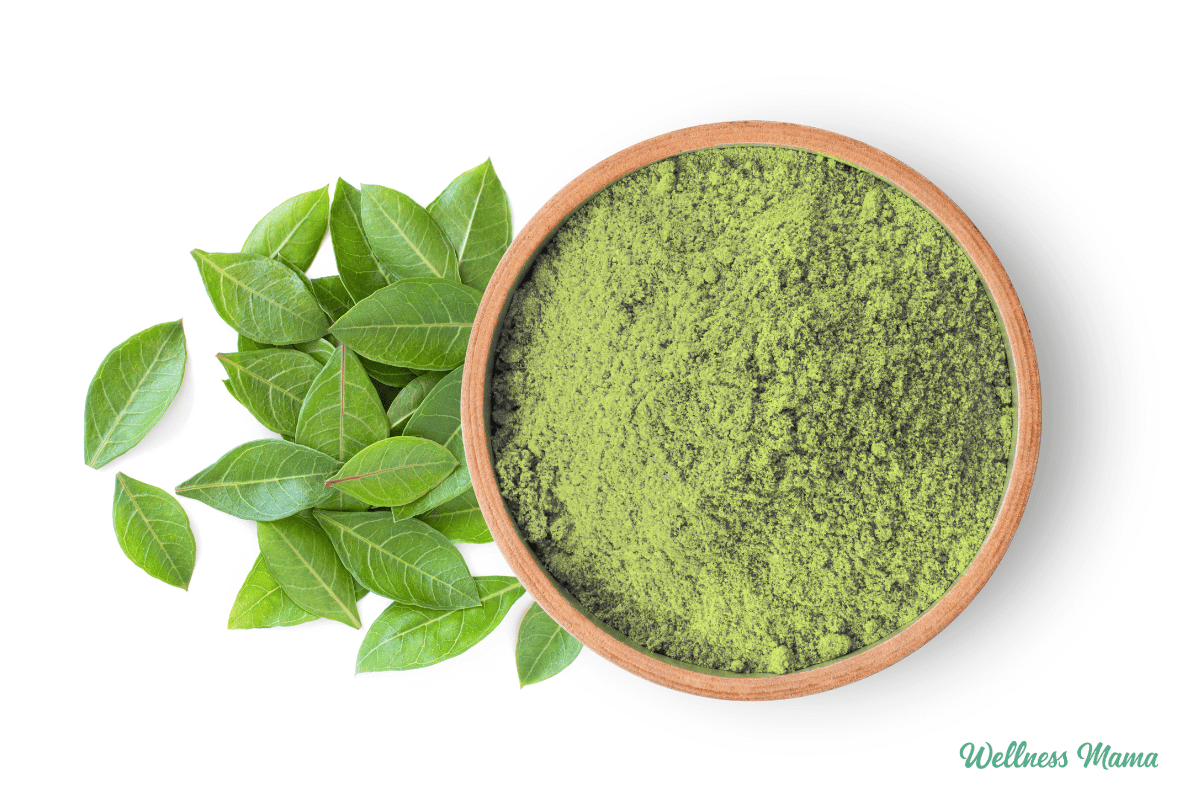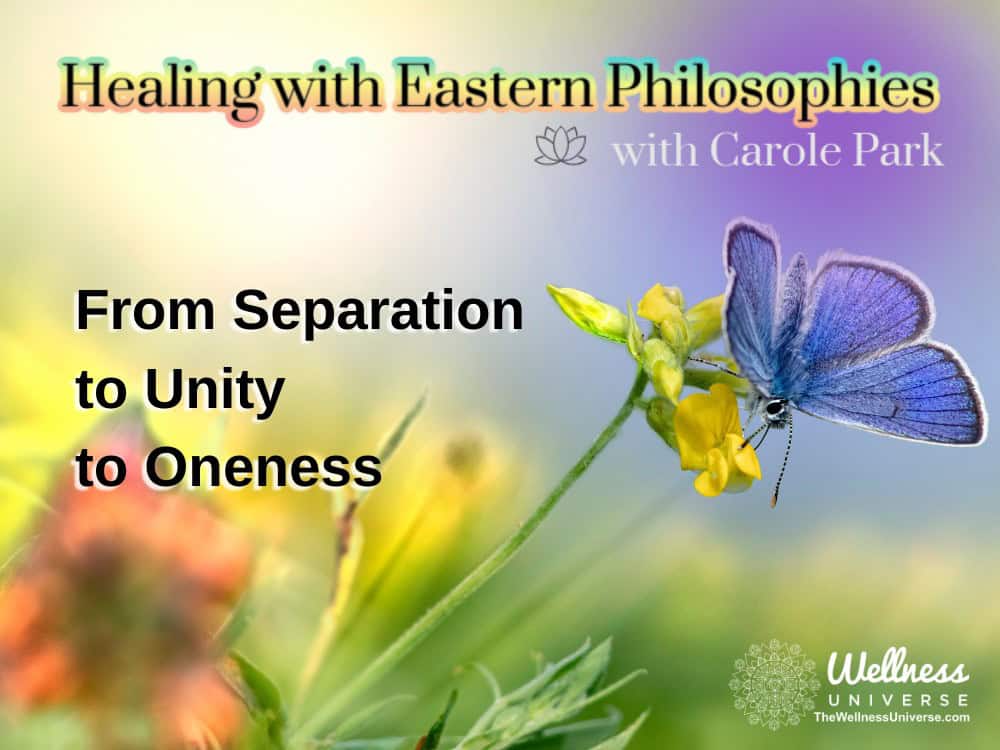I’ve spent hours experimenting with organic hair care recipes like homemade conditioner and dry shampoo. This time it was natural hair dye recipes. My family is used to my skincare experiments, but this one came with its fair share of laughs. I walked around with some concoction of herbs on my head for weeks!
I’d experimented with natural hair lightening in the past but hadn’t tried dark or red shades (since I have blonde hair). I found a few willing dark-haired friends to test other formulas. Many wasted herbs and a bunch of randomly colored streaks later, I figured out some good dark and red options as well!
Conventional Permanent Hair Dye
Not sure why you’d want to use herbal hair dyes with natural ingredients? Read the label of conventional hair color and you’ll see parabens, silicone, and sulfate to name a few things. Some permanent hair color options also have resorcinol. This chemical helps the color bond to hair, but it’s also known to cause skin irritation and thyroid damage (plus other things).
Then there’s the P-phenylenediamine (PPD) used alongside peroxide. Not only is it used to make kevlar, but it can also cause your cell’s genes to mutate. Not something I want right next to my brain! Plant-based organic ingredients aren’t quite as strong, but they’re a great alternative if you want a clean hair dye option.
Over time chemically treated hair can become brittle and lead to hair loss. By dying it at home you not only avoid harmful chemicals, but you don’t have to make frequent trips to the hair stylist for a root touch-up.
DIY Natural Hair Dye Without Chemicals
Since these are natural colors from herbal pigments they’ll create natural hues on your hair. You won’t get artificial colors like hot pink or platinum blonde.
The blonde/light recipes will permanently lighten hair since they naturally bleach it. The red and dark hues will leave a temporary tint for a few weeks (depending on how often you wash it). Time in the sun helps set all of the hues and brings out natural highlights.
Note: I haven’t tried all of these natural hair color methods on previously dyed or chemically treated hair. Always test a small swatch of hair (I put a little on my skin too) to test for results and rule out any allergic reactions. Also, don’t use these hair dye recipes on hair that’s been chemically treated in the last 6-8 weeks.
Herbs for Light Hair
If your hair is ash blonde, light blond, or even dark blond, you can get natural highlights with these herbs. They help to lighten and enhance for natural hair coverage. I’ve tried several basic herbal variations including:
- Chamomile tea – I use a really strong brew and spray or pour it on my hair and leave it for several hours. Sitting in the sun during this time enhances the lightening effect.
- Lemon juice – Freshly squeezed lemon juice also produces natural highlights. Spray and brush lemon juice through hair and leave it on for several hours in the sun).
- Chamomile tea rinse – Use it as a rinse at the end of each shower and leave it in your hair! This produces smooth, silky hair and naturally lightens it over time.
For a stronger and faster effect, I’ve used the recipe below. It’s left my hair very blonde, easy to work with, and not yellowy/brassy at all.
Herbs to Dye Red Hair
These will create a red/dark strawberry blonde tint in lighter hair and an auburn tint in darker hair. The effects are cumulative, so extended use over time creates a more vibrant red. The easiest thing is to make it part of your hair care routine if you want continual red hair.
- Calendula flowers or fresh marigold petals from your garden. Don’t worry, you can buy these (unsprayed) if you don’t have any.
- Hibiscus petals
Herbs to Dye Brown Hair
It’s easiest to darken hair that’s already light brown or darker, though these colors will darken blonde tones as well. Used as a rinse, these herbs will also darken grey hair over time. The more they’re used, the darker the results.
For a faster, more dramatic effect, use a henna color like black, dark brown, or mahogany. For a slower or more gentle tone, use these herbs:
Herbs to Dye Dark Brown Hair or Black Hair
If you have very light hair, it will be difficult to get really dark hues with just herbs, though with enough patience, it can be done. Indigo also works for this. I’ve listed herbs that work, and you can use any combination.
As always, test on a small section of hair before using. Henna hair colors provide dark results that last longer, but if you want to go dark gradually, these are the recipes I’ve tried:
- Black walnut powder – Use as a rinse in the shower for hair and dry in the sun if possible. This will create VERY DARK hair, especially if you have dry or color-treated hair. It also provides the darkest coverage for grey hair. Repeat daily or as needed to darken and maintain dark shade.
- Strong black tea – Use strong brewed black tea as a final rinse to darken any color hair. This is also nourishing for the hair and will provide a temporary darkening effect on most hair types. Repeat as necessary to get the desired shade and sun-dry if possible.
With any of these herbal hair colors, make sure to test on a small part of your hair first. Especially with color-treated hair and especially with the henna colors as they have more lasting effects.
Experiment with any of the above to get the right mix for your hair! I’ve included some recipes below for you to try.
Natural Hair Dye Recipes
Tried and true recipes for herbal color hair with natural herbs. Works for all different hair colors and helps nourish your hair and scalp.
Light Hair Color Ingredients
Red Hair Color Ingredients
Brown Hair Color Ingredients
Dark Brown Hair or Black Hair Color Ingredients
Light Hair Color Instructions
-
Mix all ingredients in a spray bottle or other small bottle.
-
Shake well and spray or pour it onto the hair. Brush it through to ensure even coverage.
-
Go outside in the sun for 1-2 hours, then rinse your hair. I suggest putting this in your hair and doing a kettlebell workout in the sun for maximum benefit!
-
This can be used several times a week until the desired color is reached. You can also use this as a rinse at the end of a shower (and then lightly rinse with water) though it will take longer to have an effect. This will not have an overnight dramatic effect. However, when I put it in my hair before gardening in the sun for a few hours I noticed a difference.
-
This spray will stay fresh for several days in the fridge.
Red Hair Color Instructions
-
In a small pan, bring the water to a boil.
-
Reduce to a simmer and add the calendula/marigold and hibiscus.
-
Simmer for at least 30 minutes with the lid on.
-
Remove from heat and when cool, strain herbs out, making sure all small pieces are removed (I use cheesecloth).
-
Use as a final hair rinse at the end of each shower. Dry hair in the sun if possible.
-
Repeat daily until the desired shade is achieved and then every few days to maintain.
-
Store the liquid in the refrigerator for up to 5 days.
Brown Hair Color Instructions
-
In a small pan, bring the water to a boil.
-
Reduce to a simmer and add the herbs.
-
Simmer for at least 30 minutes or until the water is very dark.
-
Remove from heat and when cool, strain herbs out, making sure all small pieces are removed (I use cheesecloth).
-
Spray or brush into hair about an hour before showering each day, then shampoo as normal. Can also use as a rinse and leave on at the end of each shower.
-
Repeat until desired color is reached. It has a cumulative effect and you probably won’t notice much difference the first few days. The herbs in this mix are also great for getting rid of dandruff and for increasing hair growth!
-
Store the liquid in the refrigerator for up to 5 days.
Dark Brown Hair or Black Hair Color Instructions
-
Tie the black walnut powder in a tea bag or cheesecloth bag.
-
Place in a quart mason jar and add the water.
-
Steep for at least 6 hours or overnight.
-
Use as a rinse in the shower for hair and dry in the sun if possible. This will create VERY DARK hair, especially if you have dry or color treated hair. It will also provide the darkest coverage for grey hair.
-
Repeat daily or as needed to darken and maintain dark shade.
-
You can also use strong brewed black tea as a final rinse to darken any color hair. This is also nourishing for the hair and will provide a temporary darkening effect on most hair types.
-
Repeat as necessary to get desired shade and sun-dry if possible.
- Always pre-test on a strand of hair before doing the entire head to check the color and rule out an allergy.
- Some sources recommend against prolonged internal use of black walnut hull. This hair rinse only uses it externally, but check with your natural health care practitioner if you have any concerns.
Semi-permanent Natural Hair Dye at Home
You can use henna hair color if you want faster and more permanent results. I’ve purchased from Morrocco Method with great success. They have excellent products, and the results are dramatic. I also like that they’re natural and cruelty-free.
They have a lot of color variations with red hues to dark brown to black. The results last for several months or longer if you wash your hair less often or use a gentle natural shampoo. They don’t offer complete grey coverage for grey or white hair. However, it will noticeably darken it to help cover grey hair naturally.
Important Note: Henna can react with the ammonia in conventional hair dye. This turns hair orange or even green! If you have chemically treated your hair recently, wait at least 6-8 weeks before trying henna. Before applying the package, test on a small section of hair before using it on the whole head!
Indigo For Darker Hair
Indigo is a natural, vegan plant dye used in Ayurvedic traditions to dye hair and fabric. It can be mixed with henna for a medium-brown to dark-brown shade. In the right proportions, it can even dye hair a dark inky black. Morocco Method details how to use it here.
Have you ever used natural hair dye to color your hair? Let me know below!
Publisher: Source link






